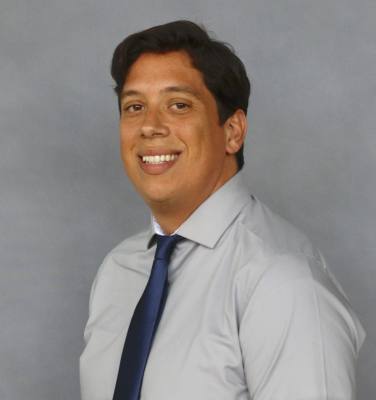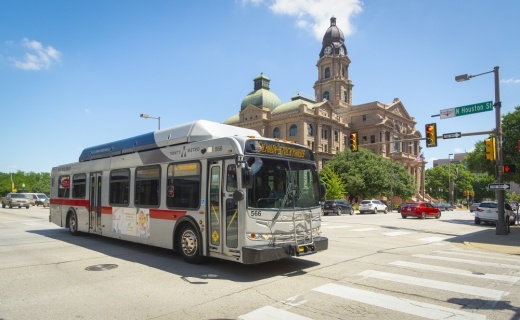The presentation, prepared by Bickerstaff Heath Delgado Acosta LLP, showed the 2011 lines using 2020 census data. Based on their analysis of the 2020 data, there is a 1.97% deviation between the largest precinct—Precinct 2, with 532,325 people—and the smallest—Precinct 3, which has 521,942 people and includes most of northeast Tarrant County.
According to G.K. Maenius, Tarrant County’s administrator, the rule of thumb for drawing district lines is that the deviation between the smallest and largest district be no larger than 10%.
“A lot of people moved into Tarrant County [over the past decade], and it really balanced out each one of those precincts,” Maenius said. “Our numbers balanced—in fact, our numbers are balanced better than they were 10 years ago in each one of those [precincts].”
Because of this, staff from the Bickerstaff firm noted the court did not have to draw new lines because it is still in balance.
Commissioner Roy Charles Brooks, who represents Precinct 1, ultimately motioned for the court to proceed with its planned public input process before deciding whether to redistrict at all—a motion that passed 4-1, with Commissioner J.D. Johnson casting the no vote.
“I think for us to make a decision that we're not going to redistrict would not be good public policy,” Brooks said. “I think we at least need to go through the process. Even if we end up in the same place, we need to go through the process and give people a chance to have input.”
On Oct. 1, Tarrant County posted a schedule to its website of the planned public input schedule. The schedule begins Oct. 12 and includes two drawing sessions open to the public as well as individual input sessions in each precinct—including a session the evening of Oct. 19 in Precinct 3 at the Northeast Courthouse in Hurst from 6-8 p.m.
As outlined during the Sept. 28 meeting, a decision on further action would likely come at a Nov. 2 meeting of the court.
According to Maenius, because of the balanced nature of the existing precincts, that existing map will be the starting point for the public input process.
“What we're going to do [is] our first map is going to be the existing precinct lines,” Maenius said. “We're going to take citizen input, and if there's any minor modifications that seem like a good thing to do, then we might consider that.
“But at the end of the day, it is not going to be a major redrawing of the maps, because our lines are pretty much where they need to be,” he continued. “[But] we don't want to make that decision without asking the community what they think.”





